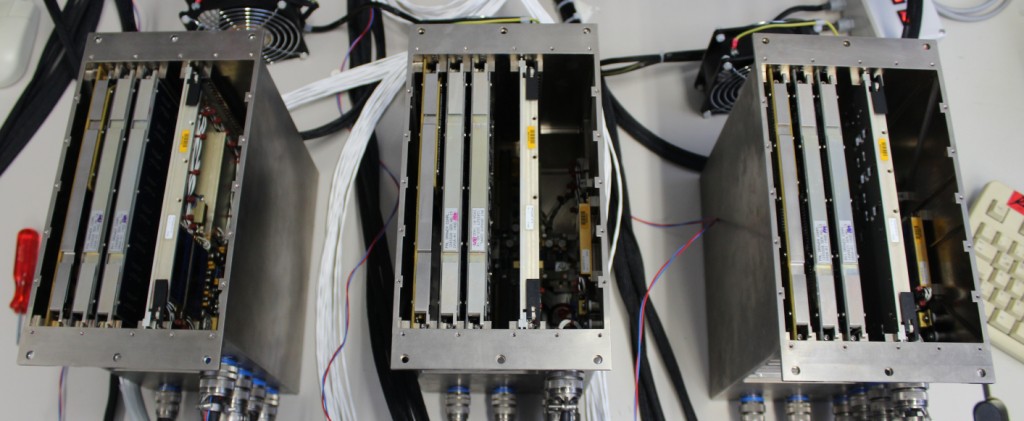The International Space Station (ISS) may not look like it, but it is a delicate ecosystem that needs a lot of fully functioning equipment to avoid problems. The ISS is currently about the size of a football field, and the space agencies involved expect to keep it running until 2030.
The station’s systems include European computers built 20 years ago, which are essential to ISS operations. If these computers fail, the consequences can be catastrophic. So there are three computers currently running, with one room always waiting to take action should one of the others get into trouble.
And there have been several times when one of the computers needed to be replaced. Then the defective unit was sent back to Earth for repair by engineers and relaunched into space for backup. This maintenance could take up to six months to complete.
This system, however, was compromised when yet another fault-tolerant computer was assembled for a module yet to be released to the Russian side of the station. Spare parts were used on this new machine, compromising both repairs and the production of new computers here on Earth.
But thanks to a joint effort by ESA with the cosmonauts, a solution has been found that should also reduce repair time to just a few minutes.
Space transplant

ESA compared the new operation with an organ transplant. Instead of sending the entire computer back to Earth, the ISS astronauts themselves were trained to replace defective parts. Some of the most frequent problem parts have also been sent into orbit. This type of repair is complicated in microgravity, as computers use very small screws, and sometimes even glue to keep components tight.
In early 2019, the first computer part exchange was made within the ISS. An old memory card was replaced with a new one on a crashed computer and kept in the space station until the new components arrived along with trained “transplant” astronauts. But tests were still lacking to see if the operation had really been successful. And for that, astronauts and agencies thought it was best to wait for another computer to fail to install the spare one and see if everything was right with it.
This only happened in November, about 11 months after the surgery. The computer with the new component was in orbit just waiting for its moment. The exchange has been made and it is now confirmed that it is fully operational. According to ESA, the repair can now be done in a short time, and with much less expensive logistics: simply send some new components into orbit instead of returning the entire machine to Earth and back to ISS.
ESA further noted that this type of remediation may be essential for the future of space exploration, although “it doesn’t get much attention unless something goes wrong.” “The new approach is needed as humans explore our Solar System farther and farther, starting with the Gateway, where Earth’s supplies are not readily available,” the European agency said in a statement.
Source: ESA
